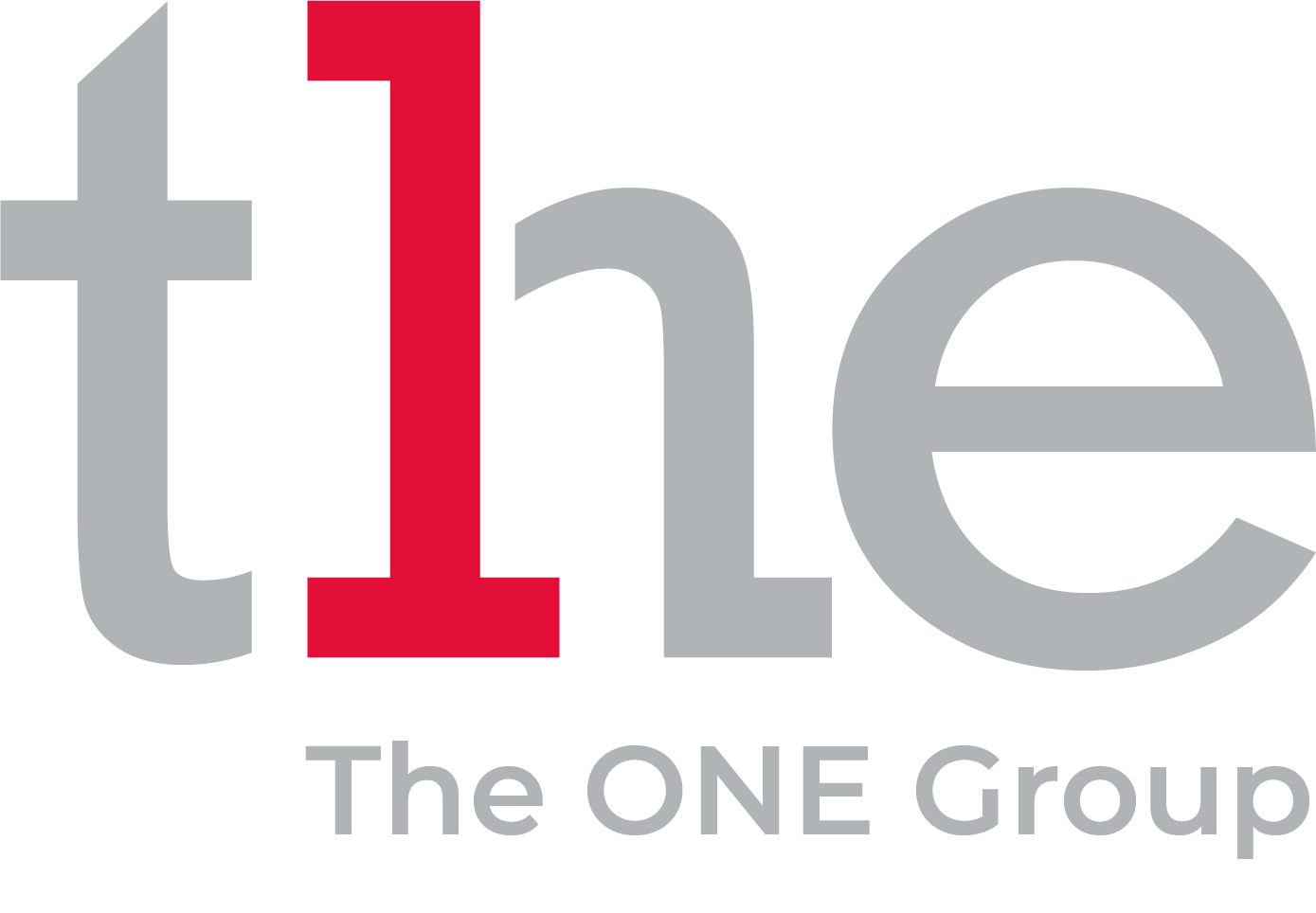What is a CV?
‘CV’ is short for ‘Curriculum Vitae’, which is a Latin phrase meaning ‘course of life’. A CV should include a brief account of your achievements, education, qualifications, and previous employment and is a document used to present yourself in the world of work. It can also be used as a channel for personal marketing, so it’s important when writing your CV to show yourself in the best light.
Most employees will skim over CVs looking for key information so it is crucial your CV is easy to read and highlights relevant details.
We’ve put this guide together to help you to create the best CV to hopefully get noticed in this short time frame. Remember, your CV is often just one part of the application process. A cover letter and sometimes an application form may also be required.
What information should be included on my CV?
We recommend that when creating your CV you make sure you understand its purpose. When writing your CV, refer back to the job description of the role you are applying for to ensure you include relevant information.
There are a few things you add to your CV to show prospective employers why you’re the person for the job. But the following information must be included:
At the very top of your CV, should be your name, professional title, and contact details. We recommend that you don’t add ‘Curriculum Vitae’ or CV as a heading.
Your email address and contact number must be included so employers can contact you. An address is not required, but you can include this if you want to. You don’t need to add your age, nationality, date of birth, or marital status.
You could also include a link to your LinkedIn profile.
Personal Profile
The next section of your CV is your Personal Profile. This is a few lines about you. You could include information about yourself, what you hope to achieve, and your goals. Ensure the information you include here is tailored to the job role you are applying for.
Achievements
CVs that highlight your key achievements are more likely to stand out to employers. Emphasising your achievements can reassure the company that you’d be a perfect fit for the position. Use this section as your chance to showcase your achievements and write a short description of those that you feel are significant to the role you are applying for.
Your achievements are things you’ve accomplished in your previous roles. This could be where you have gone above and beyond the responsibilities or tasks associated with those roles. We recommend asking someone else to read these achievements to make sure they are clear and relevant.
Work History and Experience
This section is used to set out your current and previous roles, experience, and voluntary work. You should list these in order of most recent first. Emphasise your most recent role as this will be the most interesting to your prospective employer.
You should look to include: your employer, your job title, dates in employment, and one paragraph about what your duties were for this role.
We recommend that you don’t include experience from more than 10 years ago unless it is relevant to the job you are applying for.
Education
As with the previous section, this part of your CV should highlight all of your previous or current education. With the most recent first, this should include:
Institution (School, College, University)
Qualification with Grades
Dates attended/completed
If you have a Degree in a relevant subject, you could list a few of the modules or projects you completed which may be relevant to the job role you are applying for.
Other information
If you have space, or if you think there is other information that could be relevant to the role you are applying for, then you have the option to add some other sections:
Key Skills
This is an opportunity to add some key skills that you think are relevant to the job you are applying for and you could match these with the skills the employer is looking for in the job description.
Hobbies and Interests
If you want to include this section, use it as a snapshot of yourself and try to include hobbies or interests that are relevant to your profession.
References
If you want to include this section, you can just add ‘references are available upon request’ or if you prefer, you don’t need to include this.
Formatting
Because most employees will only skim over your CV, it’s important that the format is clear and easy to read.
Ensure your headings are clear as this makes it easier to read and find the information needed
Make sure you use a professional font such as Arial or Calibri
Your text size should be 10-12 with headings between 14-16. But make sure it’s readable
Make sure the font and layout are consistent
Use standard-size margins.
Take a look at our CV Template for help with creating your CV.
Finally
Ensure you read over your CV and ask someone else to proofread it too.
If you’re applying for a job you really want, make sure your CV is the perfect match for the role with relevant skills, qualifications, and experience.
When you have an interview lined up, you could review our interview guide for tips and tricks.
If you're on the hunt for a new job, take a look at the jobs we have available.


